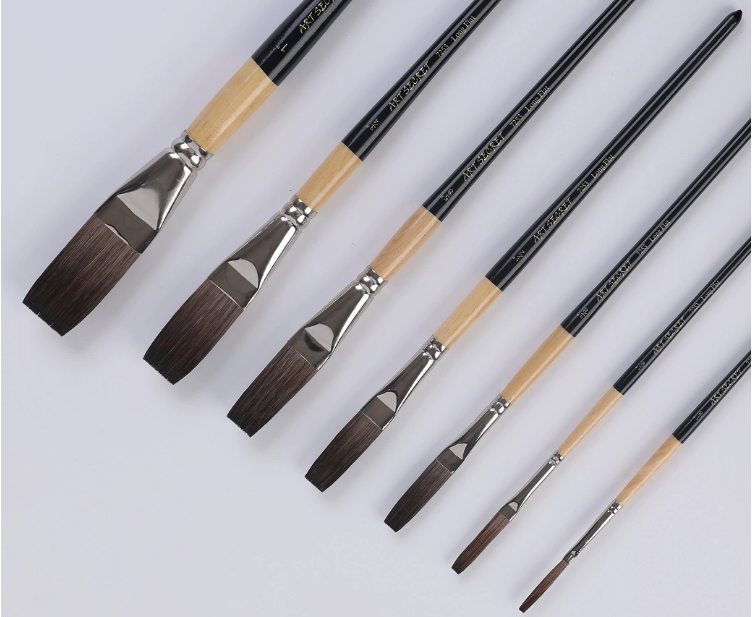The Altun Mountain Nature Reserve in the Altun Mountains is China’s largest wild animal nature reserve and its area is equivalent to one province in Jiangsu Province. The core area of ​​the protected area is a closed type of intermountain basin formed by the crustal alterations at the end of the Tertiary Period. It is a natural paradise for all kinds of wild animals and is surrounded by mountains, mountains, valleys, and jungles. In 1987, the country established a wildlife sanctuary here. There are more than 50 kinds of exotic animals such as wild camels, wild donkeys, bisons, argali, Tibetan gazelles, Tibetan antelopes, bar-headed geese, black-necked cranes, snow leopards and other rare animals in the reserve. More than 150,000 heads.
The western part of the Altun Mountains, the highest peak in the middle section of Sulamakig (6295 m) and the Yu Supu Aleks (6062 m) are still virgin peaks due to the difficulty in entry and lack of information; the eastern part of the mountain is relatively easy Entering, the highest peak is also known as the Altun Mountains, 5828 meters above sea level, and about 100 kilometers east of the Ganqing Highway is the Dangjin Pass, which is the boundary between the Altun Mountains and the Qilian Mountains.
At present, the northern slope of the eastern part of the Altun Mountains is on the south bank of the lower Shule River, and the southern slope is near the Sugan Lake. The relative height difference between the north and the south is about 3,000 meters and about 4,800 meters respectively. The main peak rises from the sky to the sky. Jinshan deep fault line, which is directly related to the height of the peak zone.
From south to north, there are three mountain valleys and two valleys in the peak area. The topography is as follows:
The height of the peaks in the main peak area of ​​the Namjo area is between 5200-5828 meters. There are nearly 30 peaks above 5000 meters above sea level along the ridgeline. There are 31 modern glaciers on both sides of the ridge, among which there are 20 glaciers on the north slope. . There are 17 Samosakgou Glaciers. The No. 10 glacier is the largest glacier in the area, with a length of 3.8 kilometers and an altitude of 4,520 meters at the end of the glacier. The snow line of the glaciers is 4,840 meters above sea level. The main peak, Altun Mountain, is located on the back wall of the junction of two snow basins on the No. 5 Glacier in Nanpo. On the back wall of the No. 10 glacial snow basin on the south side of the Samosakou Gully, there is another 5782-meter peak that is opposite to the main peak on the east side. The distance between them is 6,000 meters and the relative height difference is 46 meters. The Samsak Valley is high in the east and low in the west, with an elevation of 4200-4400m. It is a river formation area. The ditch goes northward through the middle of the central column of the middle mountainous area and enters Qingshigou, which is the source of Qingshigou.
The mountain peaks in the mountains range from 4700-5550 meters above sea level. The mountains were cut and broken. There were 12 glaciers on the north slope and only a small glaciers on the southern slope. The largest glacier in the middle of the mountain is the Qiligou Glacier, which is 2.1 kilometers in length. The average elevation of the glacier is 4,660 meters. The relative height of the Midlands and Sasak Valley is about 1000 meters. Samuthabutala Valley, between 3500-4200 meters above sea level. The western part of the valley (Qingshigou) is wider and lower in elevation, and extending to the east there are five watersheds between 4000-4200 meters in the valley.
The northern column of the mountainous area (the Qingshigou East-West area) has a significantly reduced topography and scattered terrain. The peak height is between 3,500 and 4,849 meters. There is no modern glaciers. The mountainous area is the outskirts of the Altun Mountains and gradually enters the foothills. In the lower reaches of the Shule River.
Art Brush is a type of painting Brush , it is widely used for Painting like Oil Painting Brush, Acrylic Painting Brush, Watercolor Painting Brush. There are art Brush for artists and students. Currently there are lots of brands in the market. It has different shapes like FLAT, Oval, Filbert, Round, Lines Brush.
SAMINA FORAM(SHENZHEN) CO.LTDwas established in 1976 and in 1991, we moved from Korea to Shenzhen, China. At that time, our company had about 200 technicians who were our most valuable assets. For us, each employee is an important part of our road to success, and their skills and experience are critical to the development of our company. Our business philosophy is to inspect all products 100%. This means that we carry out meticulous quality checks on each and every product to ensure that the quality of the product meets the needs and expectations of our customers. We are convinced that only through our unremitting efforts and strict quality standards can we gain a competitive edge in the market and win the trust of our customers.

Art Brush,Painting Brush,Art Brush Set,Artist Brush
SAMINA FORAM (SHENZHEN) CO., LIMITED. , https://www.saminabrush.com